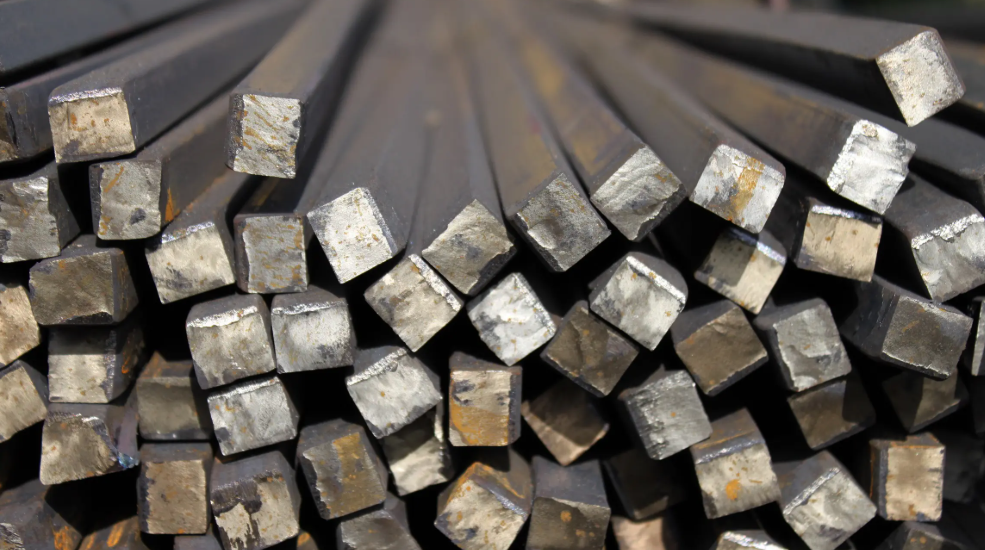
Steel is one of the most widely used materials in industries such as construction, manufacturing, and transportation. Among its various types, carbon steel and stainless steel are the most commonly used. Each has distinct properties that make it suitable for different applications. Understanding their differences is essential for making informed decisions in material selection.
Carbon steel is primarily made of iron and carbon, with small amounts of other elements such as manganese, silicon, and phosphorus. The carbon content typically ranges from 0.05% to 2.0%, which influences its hardness and strength. The higher the carbon content, the stronger and harder the steel becomes, but it also becomes more brittle.
Stainless steel contains iron, carbon, and chromium (at least 10.5%), along with nickel and other elements. Chromium is the key component that gives stainless steel its corrosion resistance. Different grades of stainless steel contain varying amounts of nickel, molybdenum, and other metals, further enhancing its durability and resistance to oxidation.
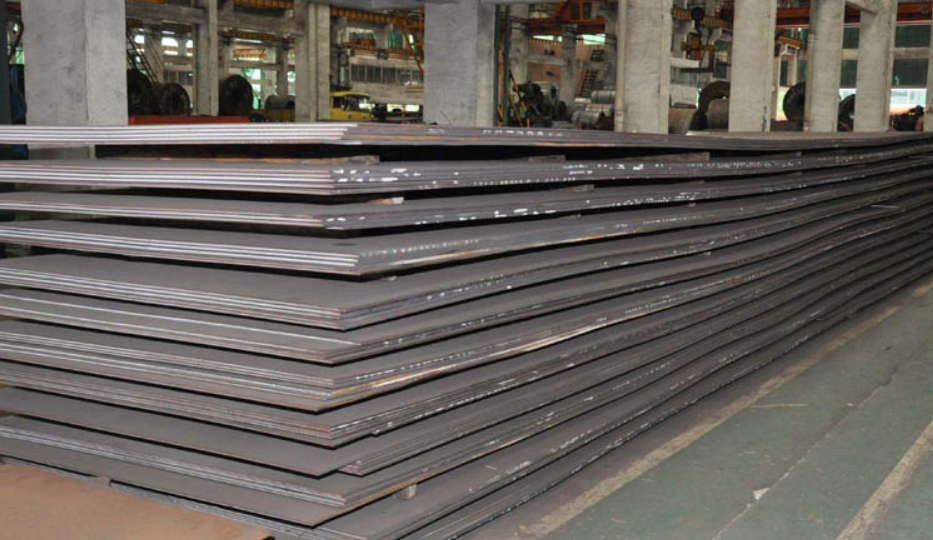
Carbon steel is known for its high strength and durability. Higher carbon content increases its hardness and tensile strength, making it suitable for heavy-duty applications like bridges, buildings, and machinery. However, higher carbon steel can also be more brittle, making it prone to cracking under extreme stress.
Stainless steel is also strong and durable, but it is generally less hard than high-carbon steel. However, it has excellent ductility, meaning it can bend without breaking. Some stainless steel grades, such as martensitic stainless steel, offer higher strength levels, but they are not as commonly used as carbon steel for structural applications.
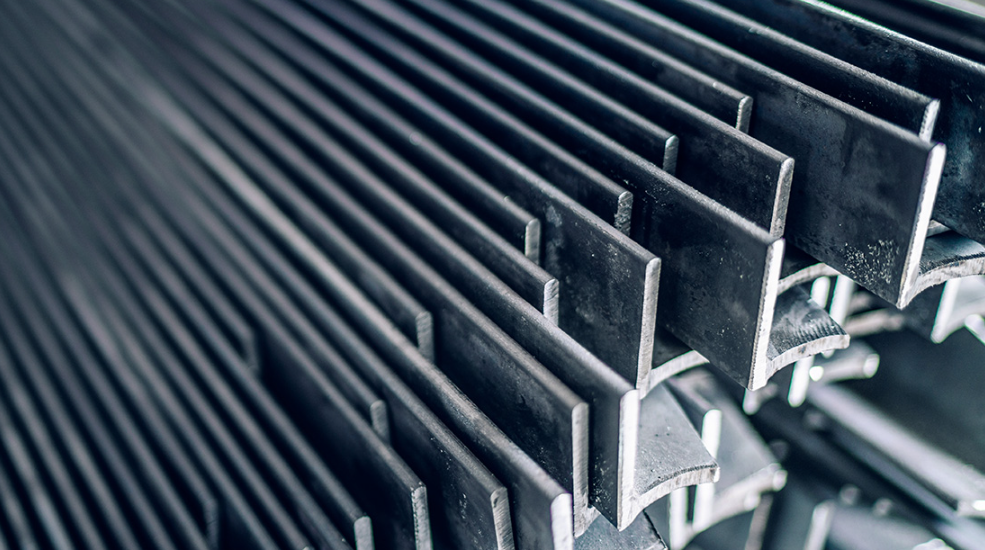
One of the biggest disadvantages of carbon steel is its poor corrosion resistance. When exposed to moisture and oxygen, carbon steel rusts quickly unless coated with paint, galvanization, or special treatments. This limits its use in environments where rust prevention is critical.
Stainless steel is highly resistant to corrosion due to the presence of chromium. The chromium forms a thin, protective oxide layer on the surface that prevents rust and oxidation. Some grades, like 316 stainless steel, contain molybdenum, which enhances corrosion resistance even in harsh environments like marine and chemical industries.

Carbon steel is easier to machine and weld, especially low-carbon steel (also called mild steel). It can be cut, shaped, and welded with standard tools. However, high-carbon steel is more difficult to machine due to its hardness, requiring specialized cutting tools.
Stainless steel is harder to machine due to its higher strength and toughness. It requires special tools and techniques to cut and shape properly. Some stainless steel grades can also harden during machining, making the process even more challenging.
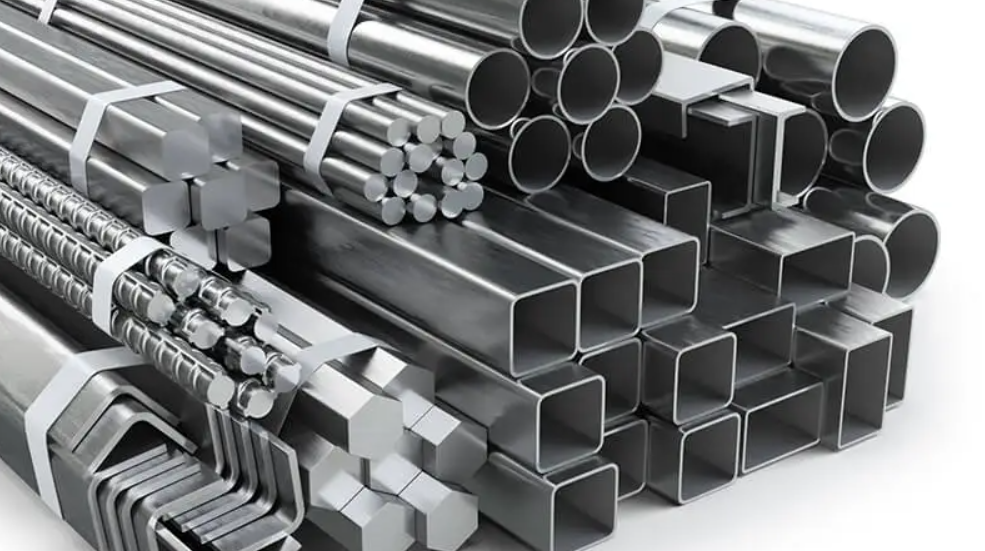
Carbon steel is generally more affordable than stainless steel because it has a simpler composition and lower production costs. It is widely available and used in cost-sensitive projects where corrosion resistance is not a priority.
Stainless steel is more expensive due to its chromium and nickel content, which increases production costs. However, its durability and corrosion resistance can make it more cost-effective in the long run, especially in applications where rust prevention reduces maintenance expenses.
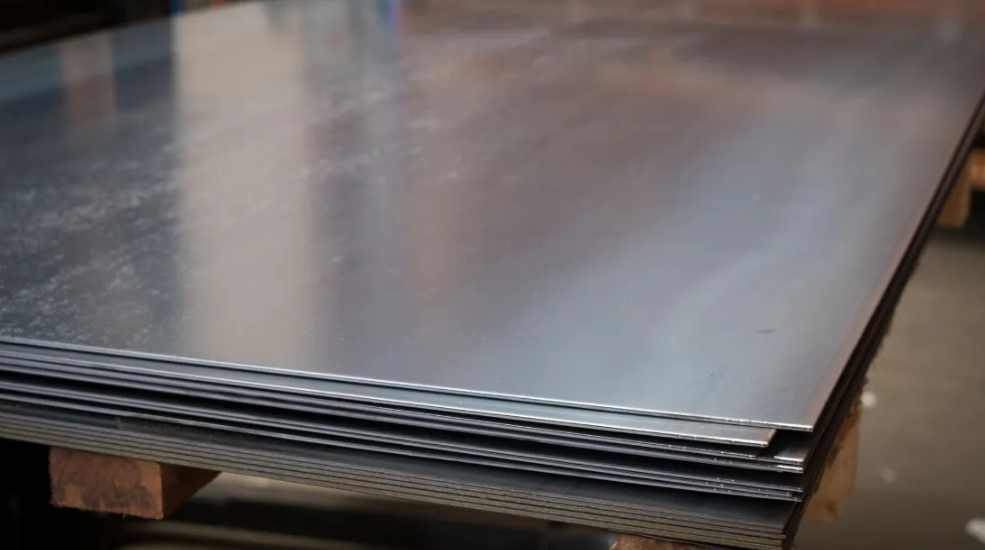

Carbon steel requires regular maintenance to prevent rust and corrosion. This includes painting, coating, or galvanizing to extend its lifespan. If left untreated, it deteriorates quickly in humid or corrosive environments.
Stainless steel is low-maintenance because it naturally resists corrosion. It does not require painting or special coatings, making it more durable in the long run. However, in extreme environments, some stainless steel grades may require occasional cleaning to maintain their appearance.

✔ If strength, affordability, and easy machinability are your priorities, carbon steel is the better choice. It is widely used in construction, manufacturing, and automotive industries where corrosion resistance is not a major concern.
✔ If you need corrosion resistance, low maintenance, and durability, stainless steel is the superior option. It is commonly used in food processing, medical, marine, and chemical industries.